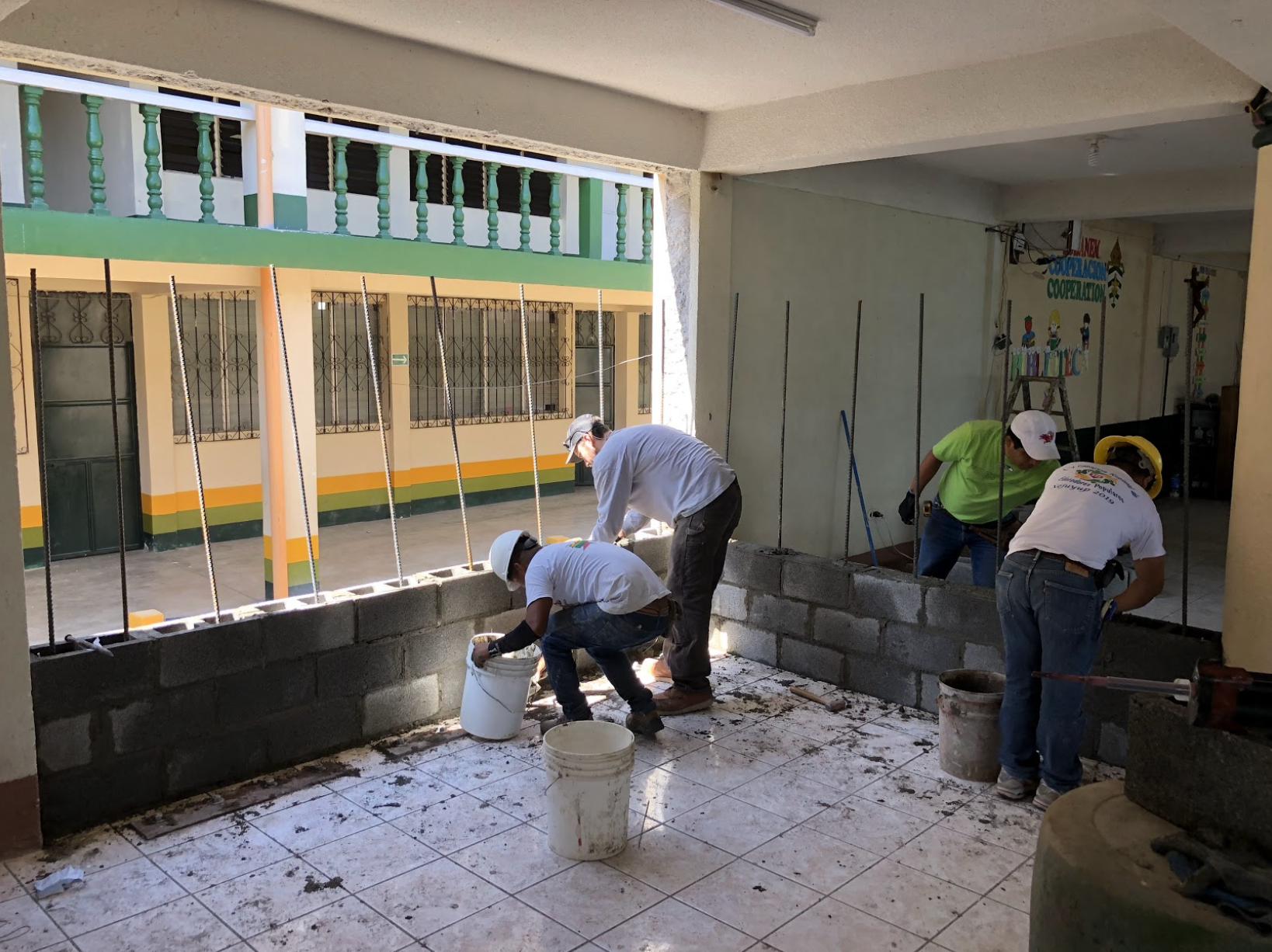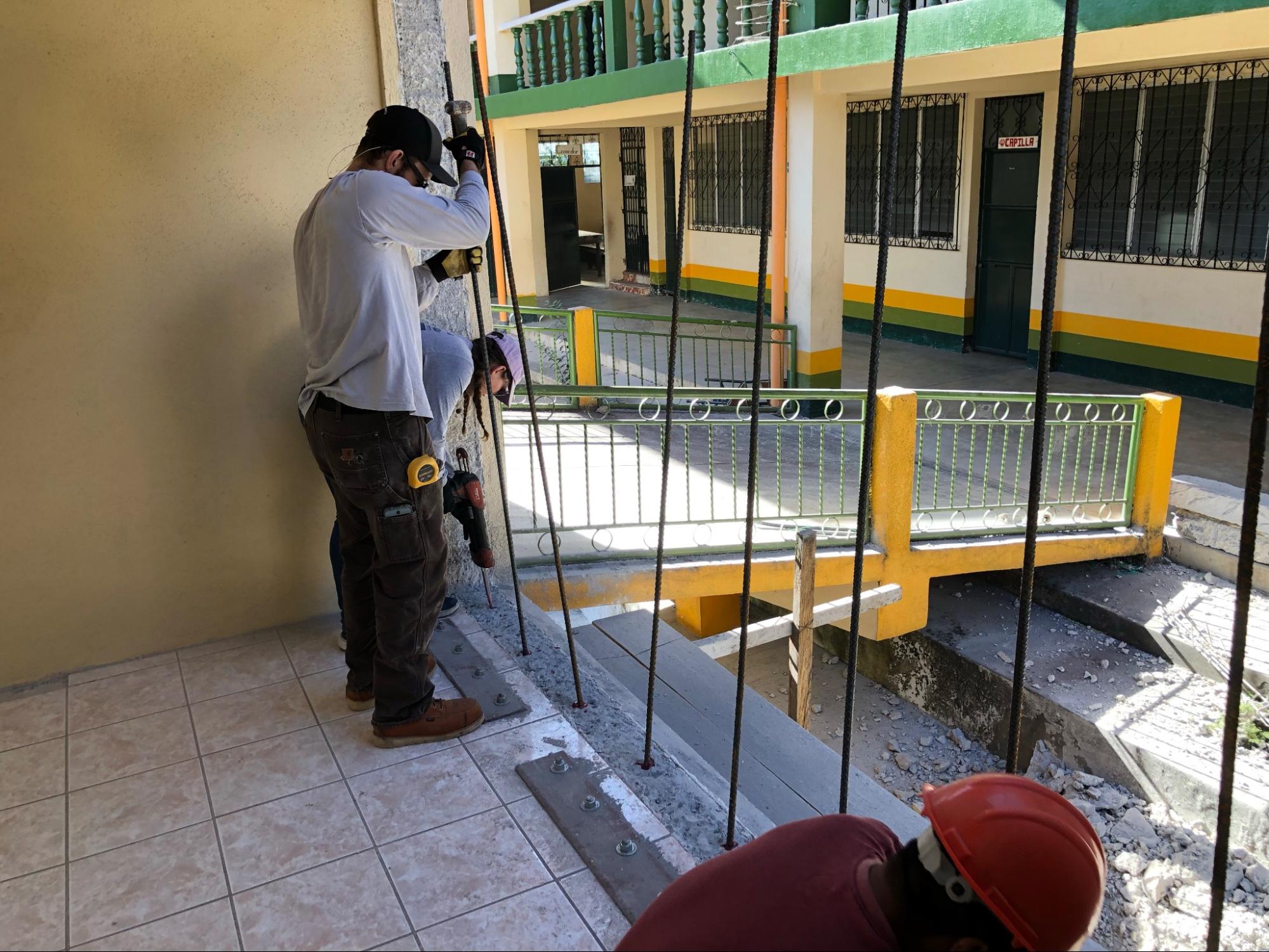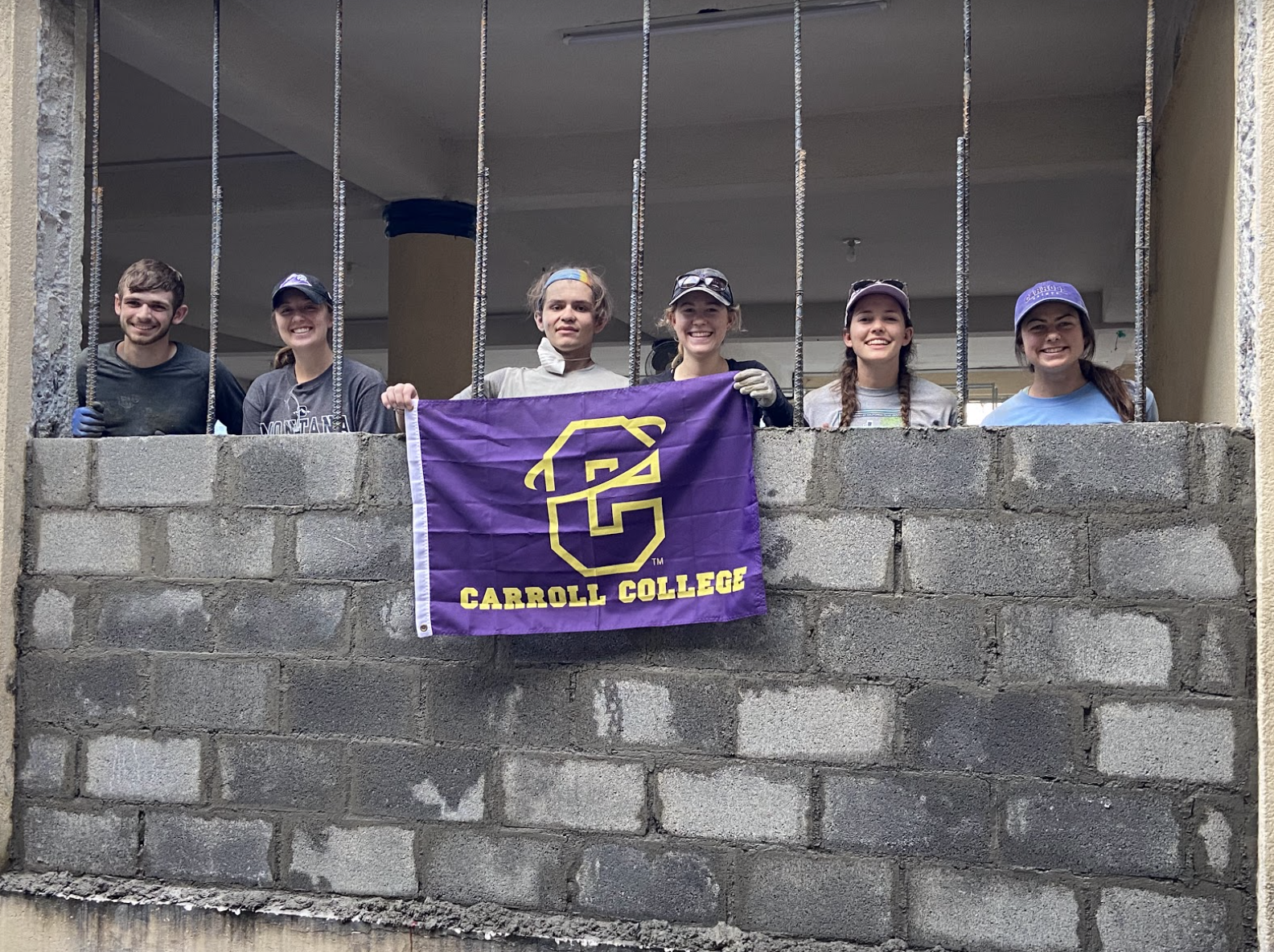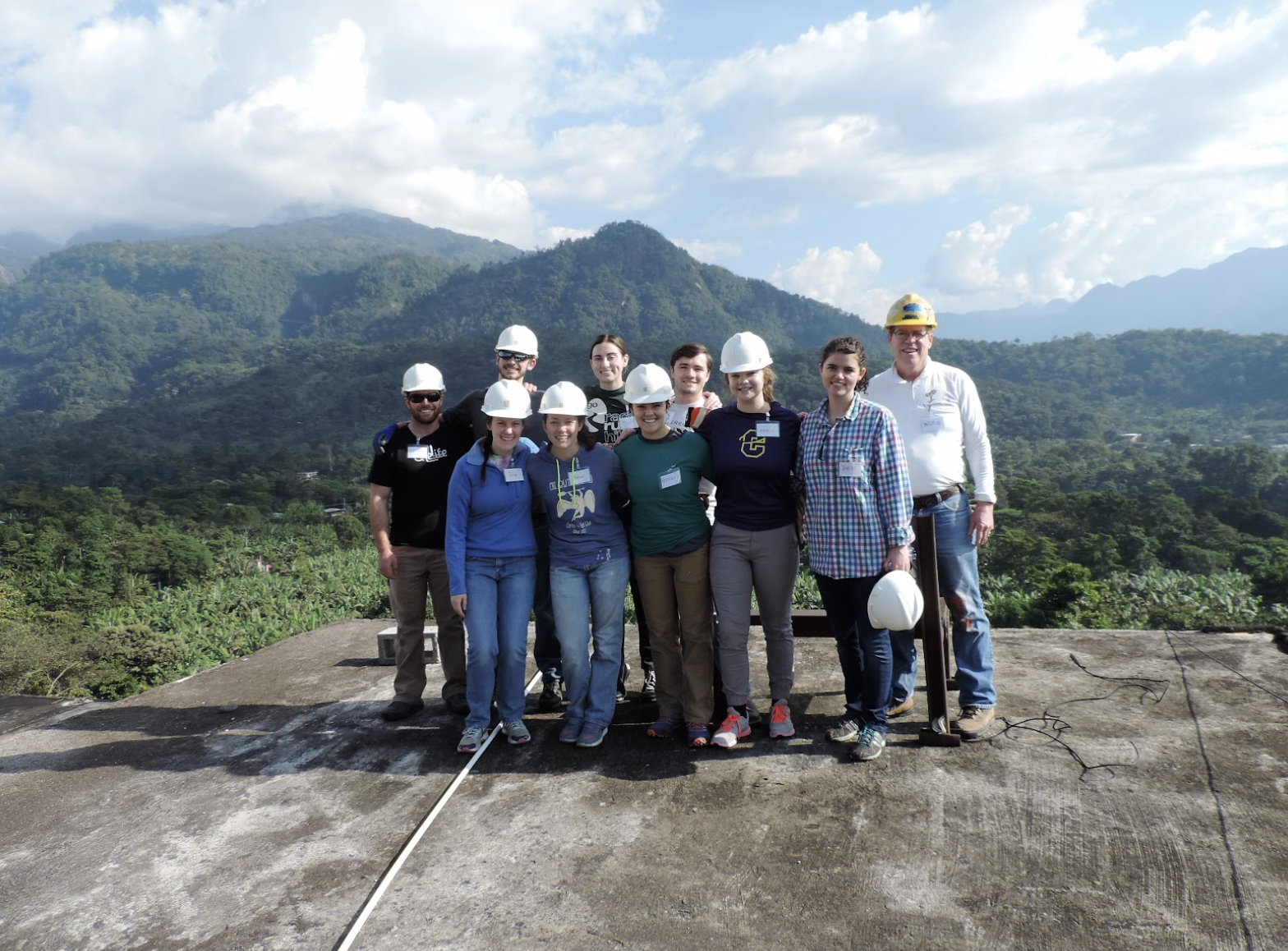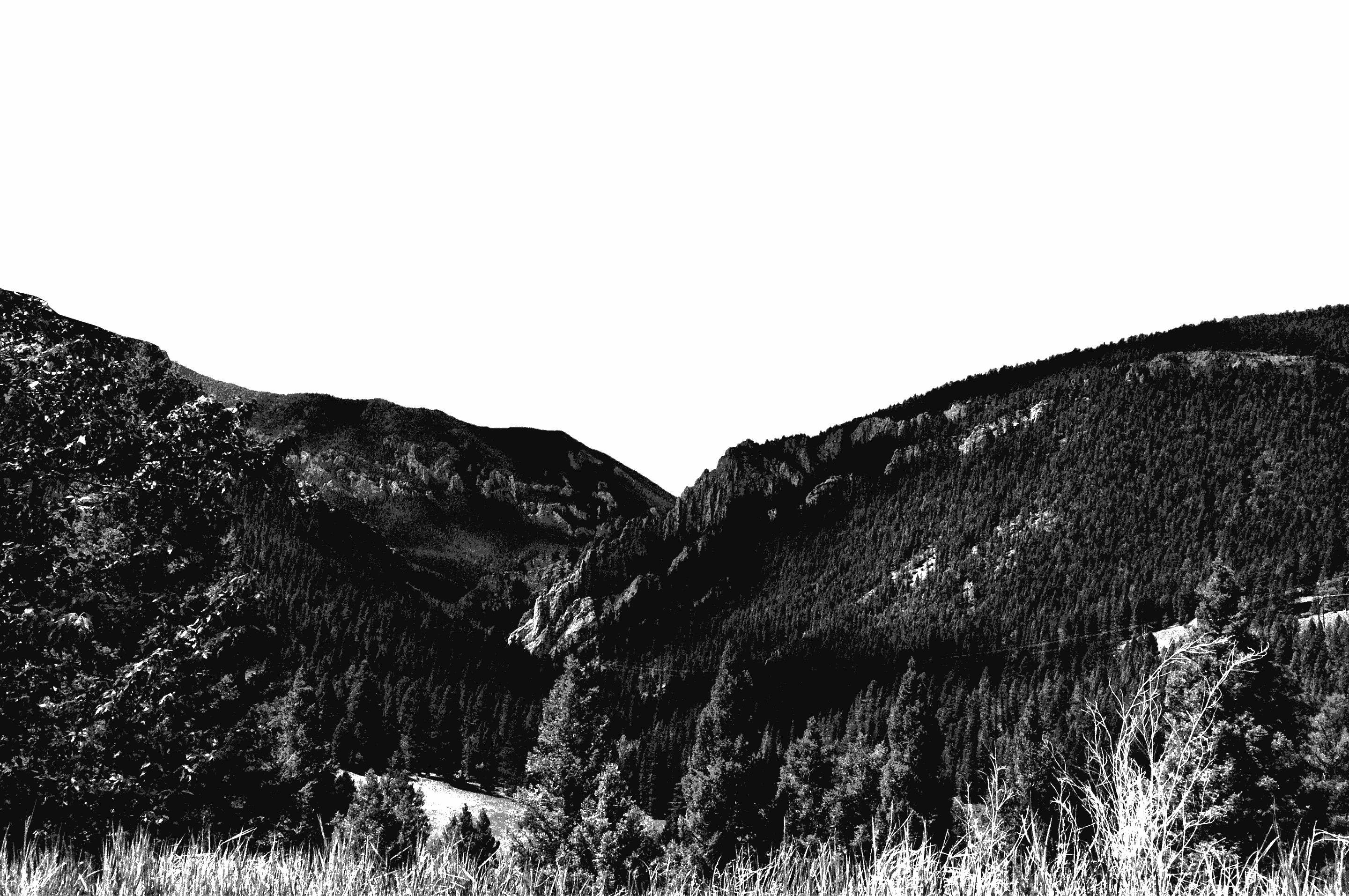In 2009, Carroll College’s Engineers Without Borders chapter began its involvement with La Asunción School, which was founded by the Catholic Diocese of Helena. The project was inspired by the Haiti earthquake in January 2010, which was devastating to the community and especially evident in the infrastructure. Since the first implementation trip in 2012, over twenty-six walls have been retrofitted to improve the school’s resistance to seismic activity. The project stemmed from a few specific needs including safety, functionality, and sanctuary for the students, faculty, staff, and members of the community. Over 400 students heavily utilize the existing structure’s library and classrooms, which are not structurally sound or able to confidently handle the frequent seismic activity. The school is not built to withstand the types of seismic loads that may occur due to the school’s proximity to two major fault lines, the Chixoy-Polochic and Motagua faults. Furthermore, because of the size of La Asunción and its central location, the school provides refuge and support to the local community in case of an emergency. Failure to continue the structural retrofit of the Instituto La Asunción would be detrimental to the safety of the students and faculty. The beneficial outcomes produce a structurally safe location for students and offer community members a safe location during earthquakes or other disasters. Additionally, the structural retrofit demonstrates sustainable methods for local construction teams to follow in the future. For instance, in November 2014, the local construction crew, under the supervision of a local engineer, built two walls after learning the proper building procedure. Engineers Without Borders has continued education with local construction crews.
In June of 2017, after approximately 20 walls in the library building had been constructed, the area was hit with two significant earthquakes of magnitude 6.6 and magnitude 6.8. The retrofitted structural walls held beautifully, as well as the library building itself, but many of the other buildings suffered significant damage. The Diocese of Helena conducted a Lenten campaign during the spring of 2018 and raised sufficient funds to fix over 15 walls of other buildings using the methods taught by the EWB team. They built these walls during the summer of 2018. The student team then completed three more structural walls in January 2019. These walls were exterior walls of the library building. In addition, walls to be considered in future projects were surveyed in preparation for continuing the project.
Kris VanLuchene, a structural engineer at Morrison Maierle, took over the role of Responsible Engineer in Charge (REIC) for the EWB Guatemala team in 2019 and traveled with the team in January 2020, which was the most recent trip. In January 2020, the travel team, which included Kris VanLuchene, as the professional mentor, Ryan Hallows, as the faculty advisor, and six students from several different disciplines of study, completed three retrofit structural walls. This marked the completion of the retrofitted library building, which could now safely house the community in the event of an earthquake.
Unfortunately, the pandemic put a hold on travel, however, in November of 2021, the team was able to perform a remote monitoring trip to evaluate the work completed in the library building. The in-country team reported that the walls “are functioning perfectly” and there are no significant cracks indicating damage from the various earthquakes that have occurred since installation.
The student team plans to travel again in January 2024, to start the reconstruction of the lower classroom building, which will continue until all necessary renovations are completed. Additionally, the team will be evaluating the structural integrity of other buildings on the school grounds, as well as the recent work that has been completed by the local crew. The team is looking forward to resuming travel and reconnecting with the local crew and community of Santo Thomas.
